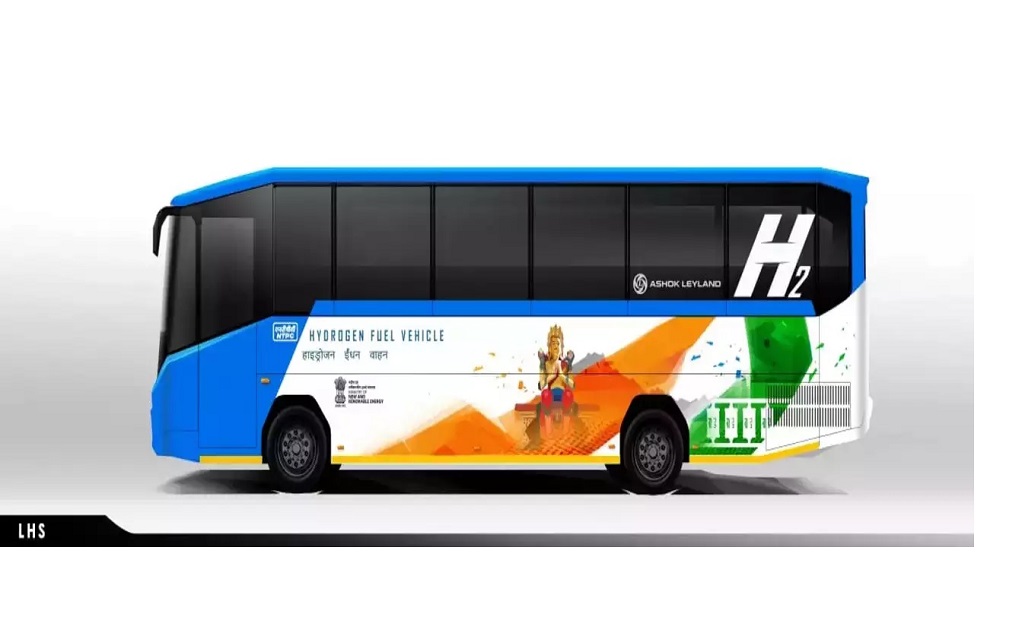Italian researchers have compared the performance of hydrogen and electric buses in northern Italy, while DNV has released its guidelines to validate claims related to low-carbon renewable hydrogen and ammonia attributes.
Eurac Research scientists have analyzed data from 21 fuel cell electric buses (FCEB) and battery electric buses (BEB) in Italy, comparing efficiency, consumption, temperature sensitivity, distances, and cost. The team has found that the Solaris Urbino 12 FCEB model covered the maximum distance (300 km), followed by Solaris Urbino 12 Electric BEB (279 km), Mercedes O530 Citaro FCEB (271 km), and Solaris Urbino 18 Electric BEB (215 km). Hydrogen buses’ tank-to-wheel (TTW) efficiency is lower than battery electric buses, indicating higher consumption variation for BEBs.
DNV has released service specification DNV-SE-0654, outlining procedures to verify low-carbon hydrogen and ammonia claims. Oslo-based DNV’s new service helps hydrogen producers document compliance, ensuring transparency and credibility in claims, offering validation based on specific attributes.
The Malaysian government has outlined plans for three low-carbon hydrogen hubs in Sarawak State by 2027, featuring a green hydrogen production plant in Kuching by 2025 and two Bintulu plants by 2027 for export. Senior Electrical Engineer Dinesh Manoharan stated that Malaysia’s aim to phase out gray hydrogen by 2050, producing up to 2.5 Mtpa of green hydrogen from renewables, targeting hydrogen adoption in 5% of heavy vehicles by 2050.
Worley has collaborated with Princeton University to devise a 10-point action plan for Europe’s renewable hydrogen sector. Broad adoption of the plan could reduce delivery times by 40% while maintaining disciplined investment. The plan advocates for increased global electrolyzer manufacturing capacity, offshore wind capacity additions, and desalination capacity to achieve the EU’s 10 MTPA renewable hydrogen production goal by 2030.
Enoah said it has placed an order for 101 AEM Electrolysers EL 4.0 from Enapter, scheduled for delivery between the third quarter of 2023 and the first quarter of 2024. The purchases is in line with the company’s expertise in producing fuel cells and electrolysis systems for Power-to-Power applications.
Siemens Energy has teamed up with Wien Energie, RheinEnergie, and Verbubnd to test hydrogen blending in gas turbines at Wien Energie’s Donaustadt combined heat and power plant. The trial, launched in mid-July, has seen up to 15% hydrogen volume added to gas turbine operation, showcasing initial successes in enhancing efficiency, said Wien Energie.
Tags: DNV, FCEB, Hydrogen



Recent Posts
New Report Highlights Potential of Voluntary Insetting to Support Maritime Decarbonisation, Calls for Robust Safeguards
Smart Ship Hub achieves industry first with ABS emission reporting
Henkel Rolls Out India’s First Mid-Haul Re-Powered Electric Trucks for Commercial Logistics
Sustainability in Focus at 11th SIAM Automotive Logistics Conclave in New Delhi
L&T Energy GreenTech to Establish India’s Largest Green Hydrogen Plant
JK Srivastava Group and Hynfra Announce $4 Billion Green Ammonia Project in Andhra Pradesh
Andhra Pradesh Unveils Ambitious Green Hydrogen Valley Plan to Lead India’s Energy Transition
South Africa advances plans to decarbonize shipping sector